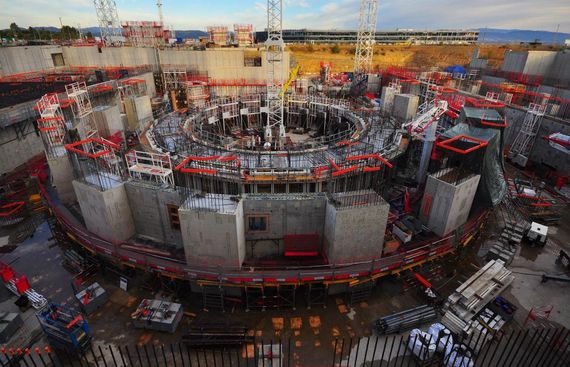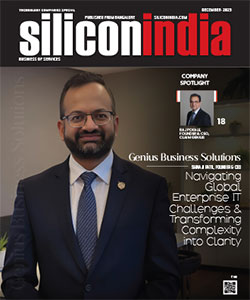Indian Traditions Followed Religiously in ITER Project

The upcoming $25 billion plasma-based fusion reactor ITER, to which India is one of the partner nations, religiously follows Indian traditions and rituals too.
From the coconut breaking ceremony to invocations to the deity Lord Ganesha, all are performed with a belief to provide protection from "obstacles".
In the cryostat workshop, where the India-procured component is being assembled and welded, ITER Director-General Bernard Bigot, India's Ambassador to France Vinay Mohan Kwatra and former chairman of the Atomic Energy Commission of India Anil Kakodkar on Tuesday symbolically smashed a bottle of French champagne on a large chunk of steel representing the ITER cryostat.
The ceremony marked an important milestone in the fabrication of this strategic component, two sections of which -- the base and lower cylinder -- are now completed and fully accepted by the ITER Organization. The upper cylinder is being assembled and aligned prior to welding, and half a world away in the manufacturer facility, the last segment of the "top lid" is being finalized.
Bigot told IANS that the French naval tradition of smashing a bottle of champagne on the hull of a seafaring vessel exceptionally and temporarily replaced the Indian ''coconut breaking'' ceremony that the cryostat workshop has often witnessed.
The cryostat is essential to the ITER machine, providing structural support and also acting as a thermos to insulate the Tokamak's magnetic system, at cryogenic temperature, from the warmth of the outside environment.
It is the largest vacuum vessel ever built -- 30 metres high and 30 metres in diameter for a pump volume of 8,500 cubic metres.
It is also a highly complex structure which must remain absolutely leak proof despite hundreds of "penetrations" that give passage to thousands of lines for cryogenics, water, electrical power, diagnostics systems and more, said the ITER.
Biswanath Sarkar, Head of Division of Cooling Systems in ITER, said during the construction of the 5,500 square-metre cryostat workshop in June 2013, almost every guest had broken a coconut whenever something new was being done. The coconut "prasad" is always shared among the guests.
He said on every contribution to the project by India the traditions are being duly followed here.
Former chairman of the Atomic Energy Commission Anil Kakodkar even made a mention of the traditions in his keynote speech after the ceremony. He said, "ITER represents the new paradigm that humanity is desperately looking for and this would be culminated by smashing more bottles of French champagne."
ITER -- a project proving that fusion power can be produced sustainably on a commercial scale -- is now 65 per cent ready.
The biggest fusion machine in history, counting at least one million pieces of equipment, it aims to complete through the first plasma in 2025 -- the first stage of operation for ITER -- as a functional machine.
ITER is also the first-of-a-kind global collaboration coming up in Saint-Paul-les-Durance, some 35 km north of Aix-en-Provence in southern France.
Europe will contribute almost half of the cost of its construction, while the other six members of this joint international venture (China, India, Japan, Korea, Russia and the US) will contribute equally to the rest.
Read More News:


.jpg)
